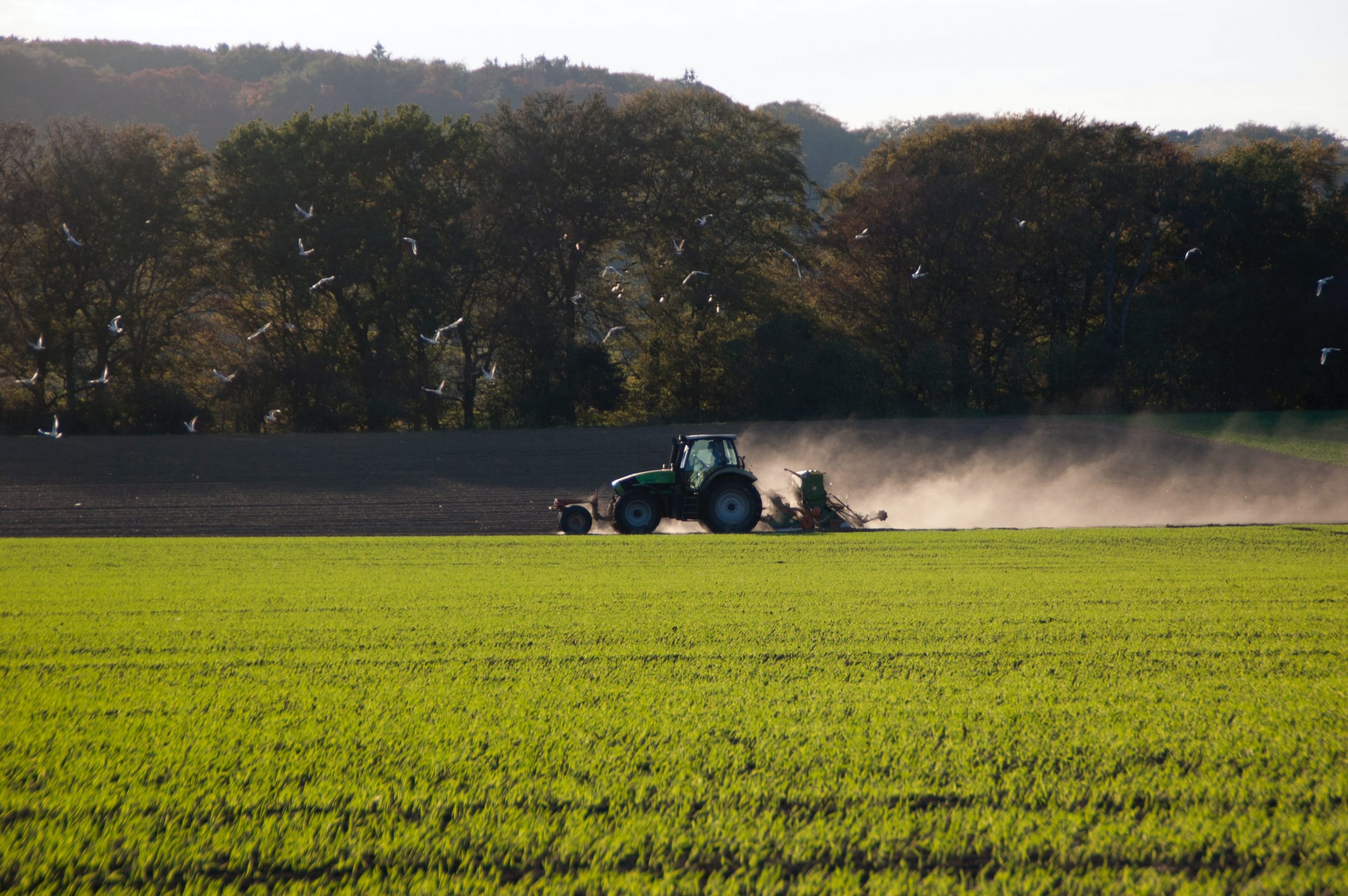10 Aug Building on the robustness of GHG emission estimations of the food system
A recent article in Environmental Research Letters has provided new estimates for greenhouse gas (GHG) emissions from the food system. This study considered emission contributions from a range of food-related activities at the country level over the period of 1990-2018. Inclusion of components such as land use change, food waste and food transport at the country level saw both consistency with existing estimates and suggestions of underestimation by other studies.
The GHG data used included crop and livestock production, on-farm energy use, land use and land use change, domestic food transport and food waste disposal. Inclusion of all these components built the robustness into GHG emission estimates for the food system. The key findings reported were:
- In 2018, a third of the global anthropogenic emissions could be attributed to the food system. Of these, three quarters came from behind the farm gate and in pre- and post-production activities. The remaining quarter was from land use change of natural ecosystems to agricultural land. This finding is consistent with published scientific literature, strengthening the results.
- Per capita emissions were also measured and showed a decrease over the time period 1990 – 2018. Developed countries were found to have twice the per capita emissions of developing countries.
- Conventional IPCC methods of calculation, used to report on national GHG inventories, underestimated the emission contribution of the food system. Several food-related emission sources were missed in the conventional calculation, such as on-farm energy use, domestic food transport and food waste disposal.
- Land use change decreased over time, while the authors suggested emissions from energy use beyond the farm gate increased their contribution to total food system emissions.
Studies such as these provide a different perspective on emissions allocation, with some benefits, including better quantification of food system emissions. They also provide insight into opportunities for emission reduction strategies across the food system and at the country level. With improved measurement supporting improved management practices, these perspectives are an important stepping stone to GHG emission reduction.
Photo by Paddy Walker on Unsplash






